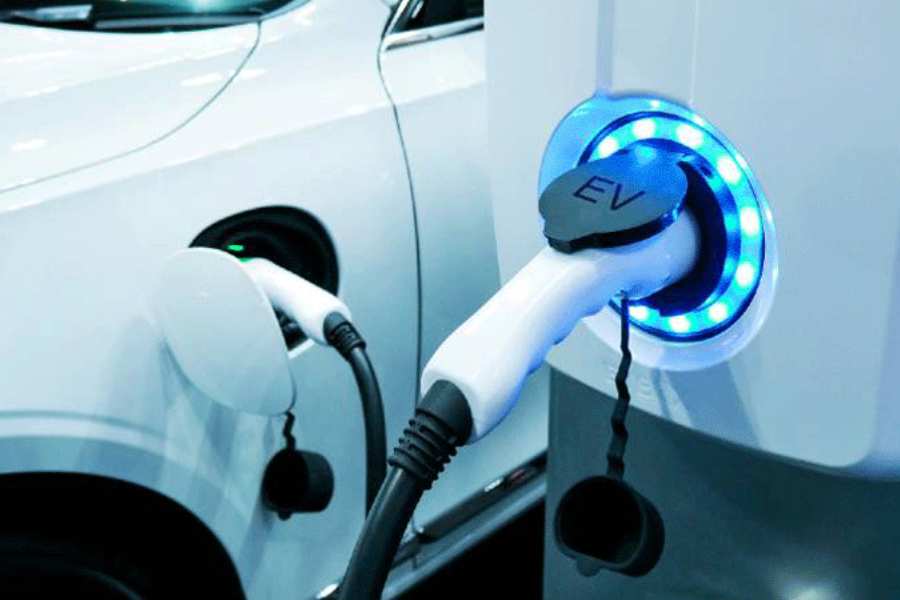Over the past 18 months, I have covered about 10,000 kilometres riding an electric scooter. I did not consume the 222 litres of petrol that I would have riding a conventional internal combustion engine scooter. In the process, I did not spend
Rs 22,000 on petrol. However, I did consume 366 units of electricity worth Rs 3,370 (at the maximum rate of Rs 9.21 per unit in Calcutta) to cover the said distance. In effect, I have been saving a shade over Rs 1,000 every month on transport fuel. Instead of buying the electric scooter, had I made a fixed deposit 18 months ago for the amount that I paid for the electric scooter, the returns till date would have been a little over Rs 14,000. I am better off by Rs 4,000. This, however, has come at a cost to the state, and loss of revenue. I benefitted from the subsidy of Rs 15,000 per kilowatt hour of battery capacity, as well as road tax and registration fee waiver. In the absence of these, I may not have opted for the electric scooter despite being acutely conscious of the environmental consequences of ICE automobiles. Obviously, the subsidy and waivers cannot be sustained in perpetuity. The transition away from the ICE age has to be ushered in through other means.
The first automobiles were steam-powered and then electric, followed by ICE. For a period, at the turn of the last century, when horses were still serving transportation needs, automobiles were available in steam, electric and ICE versions. Steam vehicles required long start-up times and their range was limited by the amount of water in the tank. ICE automobiles required a lot of manual effort to start and drive. These were noisy and the exhaust was obnoxious. Electric vehicles were quite easy to drive and without any exhaust. Electric cars quickly became popular with urban residents, especially women, especially for short trips around the city. But the price of electric vehicles did them in. Then, as now, ICE vehicles were cheaper than the electric version. By 1912, the price difference was 2.7 times, thanks to Ford’s Model T introduced in 1908 as well as cheap and readily available crude oil. Discounting the environmental cost of mining, refining and burning oil made it cheap. For over a century, it has remained so at great cost to humanity and the environment.
For the transition away from ICE and in order to make electric vehicles cheaper, either battery chemistry has to undergo radical changes or governments have to devise policies that do not discount the environmental cost of mining, refining and burning oil.
The most widely-used battery now is lithium-based. Lithium is a relatively rare element at 20 milligrammes per kilogramme of Earth’s crust. In addition, it is commercially mined in thousands of metric tons only in Australia, Chile, China, Argentina and Brazil. On the other hand, another alkali metal, sodium, makes up 2.6% of the Earth’s crust. It is the chemists and material scientists of the world that will have to make sodium-ion batteries comparable to lithium-ion batteries for electric vehicles to become cheaper.
Alternatively, governments can mandate the use of fossil fuels only for public transport and heavy haulage while supporting personal vehicle manufacturers for a specific period or for achieving specific milestones to make the transition. Subsidy to spur the demand for electric vehicles is a good beginning, but cannot be sustained indefinitely. Demand subsidy could also be split into parts for vehicle acquisition and for battery replacement. Price uncertainty around battery replacement deters many from acquiring and using electric vehicles.
Besides environmental benefits, electrification of transport will yield immense energy efficiency benefits. In an ICE vehicle, between 12% to 30% of the energy from the fuel is used to move it, the rest is lost to engine and driveline inefficiencies and to power accessories. On the other hand, in an electric vehicle, only 15% to 20% of the energy is lost. In the cities where most personal vehicles ply, energy to the wheels in an electric vehicle can be as high as 94% compared to 12% to 20% in the case of an ICE vehicle. The dinosaurs of transportation must yield.
Anamitra Anurag Danda is an environmentalist. Views are personal










